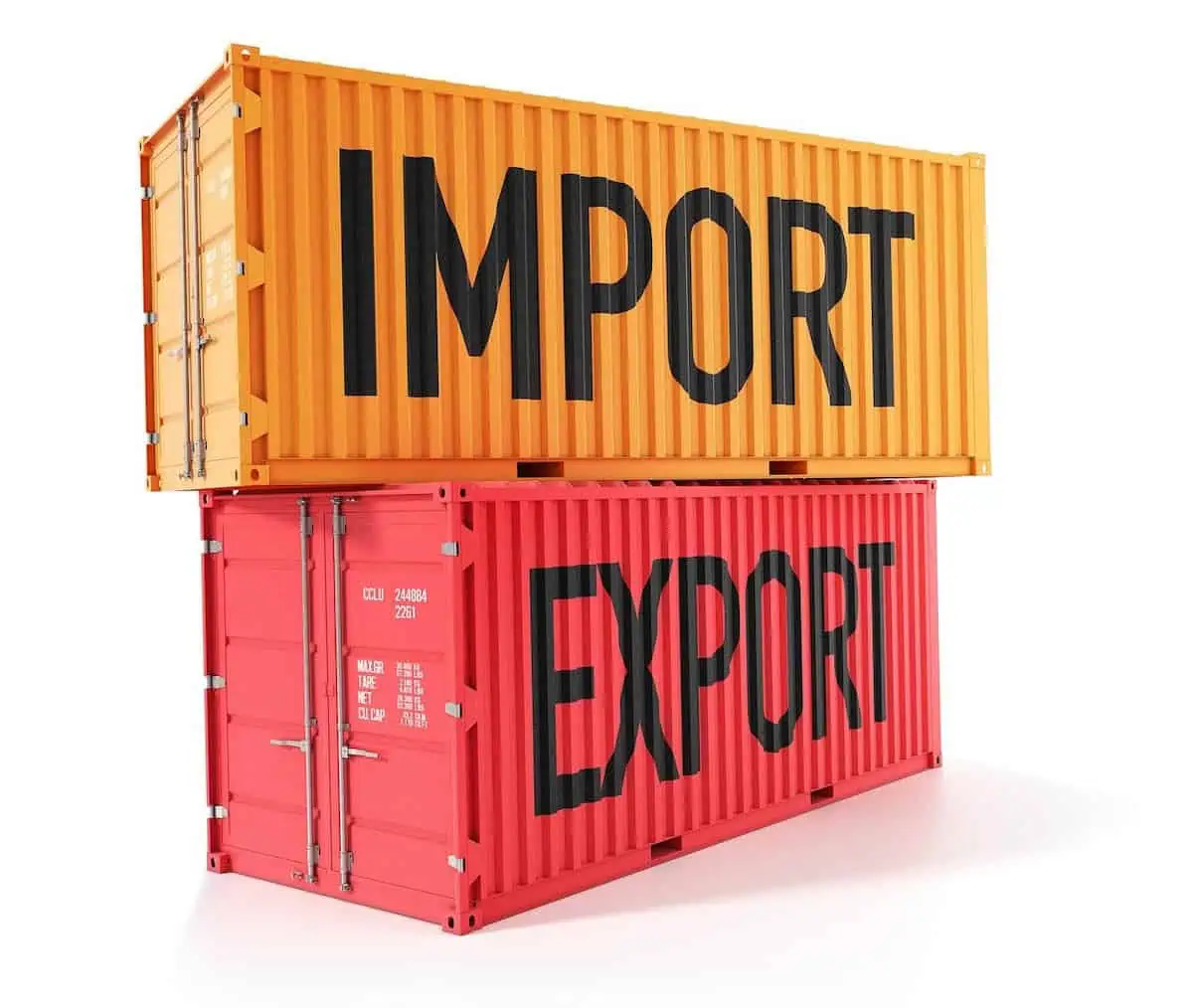Importers play a crucial role in the global supply chain, bringing goods from international markets into domestic economies. An essential part of this process involves completing an entry summary, a critical step in ensuring that imported goods comply with all applicable laws and regulations.
This article explores what an entry summary is and why it is a mandatory requirement for importers.
What is an Entry Summary?
An entry summary, officially known as CBP Form 7501 in the United States, is a comprehensive document required by Customs and Border Protection (CBP) that provides detailed information about imported goods.
This form includes data such as the description of the goods, their value, the country of origin, and the applicable tariff classifications. The entry summary also outlines the duties, taxes, and fees associated with the imported merchandise.
The entry summary serves as a critical record for both the importer and the government, ensuring transparency and accuracy in the importation process. By submitting this document, importers declare that their goods are correctly classified and valued, which in turn determines the amount of customs duties owed to the government.
Ensuring Legal Compliance
One of the primary reasons importers are required to complete an entry summary is to ensure compliance with various legal and regulatory frameworks. Each country has specific import regulations designed to protect its economy, consumers, and security interests.
The entry summary helps customs authorities verify that imported goods meet all regulatory requirements, including safety standards, health regulations, and intellectual property laws.
For instance, in the United States, the entry summary process ensures that imports comply with the rules enforced by multiple agencies such as the Food and Drug Administration (FDA), the Environmental Protection Agency (EPA), and the Consumer Product Safety Commission (CPSC). Non-compliance with these regulations can result in severe penalties, including fines, seizures, or the destruction of goods.
Accurate Duty Assessment
Accurate assessment of duties, taxes, and fees is another critical function of the entry summary. The information provided in this document allows customs authorities to calculate the correct amount of duties owed based on the tariff classification and value of the goods.
This revenue is essential for the government, funding various public services and infrastructure projects.
By ensuring that all imports are correctly classified and valued, the entry summary helps prevent revenue loss due to underreporting or misclassification of goods. Accurate duty assessment also promotes fair competition by ensuring that all importers pay their rightful share of customs duties.
Facilitating Trade and Customs Processing
Completing an entry summary efficiently facilitates the smooth processing of goods through customs. This document provides customs officials with all the necessary information to clear goods quickly, minimizing delays at ports of entry. Efficient customs processing is crucial for importers as it directly impacts their supply chain operations and delivery schedules.
Enhancing Supply Chain Transparency
Transparency in the supply chain is vital for maintaining trust and accountability. The entry summary contributes to this transparency by documenting the journey of goods from the manufacturer to the end consumer.
This record-keeping is essential for traceability, enabling stakeholders to track products, identify potential issues, and ensure that ethical and sustainable practices are upheld throughout the supply chain.
Conclusion
The requirement for importers to complete an entry summary is a fundamental aspect of international trade. It ensures legal compliance, accurate duty assessment, efficient customs processing, and enhanced supply chain transparency.
By diligently completing this document, importers can facilitate smoother trade operations and contribute to a fair and regulated global market.
Article and permission to publish here provided by Patrick Otto. Originally written for Supply Chain Game Changer and published on May 23, 2024.
Cover image by Gino Crescoli from Pixabay.

